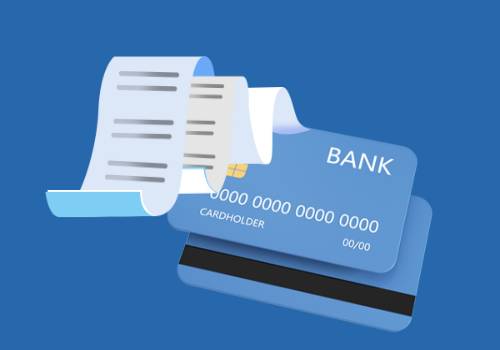一 . 冠词的用法
冠词是虚词,放在名词之前,用来说明名词指的人或事物。冠词有两种。 a(an) 叫不定冠词, the 叫定冠词。 a 用在辅音之前, an 用在元音之前。
1. 不定冠词的用法
 【资料图】
【资料图】
(1) a 和 an 均用在单数名词之前,表示某一类人或事物。例如:
John is a student. Mary is an English teacher.
(2) 指某一类人或事物中的任何一个。例如 :
A steel worker makes steel.
Pass me an apple, please.
(3) 指某人或某物,但不具体说明何人或和物。例如:
A student wants to see you.
A girl is waiting for you outside.
(4) 表示 “ 每一 ” 的意思,相当于 every 。例如:
Take the medicine three times a day.
They go to see their parents once a week.
2. 定冠词用法
(1) 特指某(些)人或某(些)事物。例如:
The book on the desk is an English dictionary.
Beijing is the capital of China .
(2) 指说话人和听话人都熟悉的人或事物。例如:
Open the door, please.
Jack is in the library.
(3) 上文提到过的人或事物。例如:
Yesterday John"s father bought him a new bike. The bike cost him 200 yuan.
(4) 表示世界上独一无二的事物。例如:
The sun rises in the east and sets in the west.
(5) 用在序数词和形容词最高级之前。例如:
Shanghai is the biggest city in China .
January is the first month of the year.
(6) 用在某些形容词之前,表示某一类人或事物。例如:
The nurse is kind to the sick.
We should take good care of the old.
(7) 用在某些专有名词之前和某些习惯用语中。例如:
the Great Wall, the Summer palace, in the morning, in the open air 等。
(8) 用在姓氏复数之前,表示 “ 某某一家人 ” , “ 某某夫妇 ” 。例如:
the Browns, the whites 等。
3. 不用冠词的情况
(1) 某些专有名词,抽象名词和物质名词前一般不用冠词。例如:
China, Canada, Japanese, glass, water, love 等。
(2) 名词前已有作定语用的 this, that, my, your, whose, some, any, no, each, every 等代词时,不用冠词。例如:
That is my cap.
I have some questions.
Go down this street.
(3) 复数名词表示一类人或事物时,不用冠词。
They are workers.
We are students.
(4) 称呼语前不用冠词,表示头衔和职务的名词前也不加冠词。例如:
I don"t feel well today, Mother.
Bush was made president of the U.S.
(5) 三餐饭的名称前,球类活动,学科和节目名词前,常不用冠词。例如:
I have lunch at home.
He often plays football after class.
We have English and maths every day.
(6) 在某些固定词组里,名词之前常不用冠词。例如:
By air, at night, at home, go to bed, go to school, on foot, from morning till night 等。
经验内容仅供参考,如果您需解决具体问题(尤其法律、医学等领域),建议您详细咨询相关领域专业人士。展开阅读全部



























